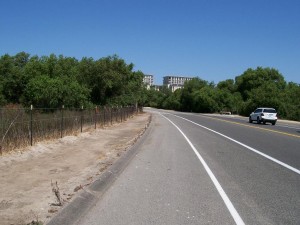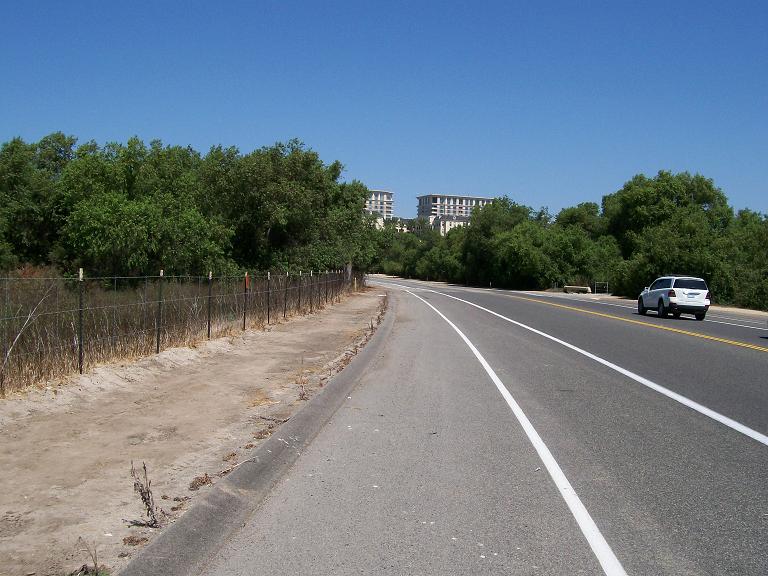Recent Pterosaur Sightings
For at least the second time in the past nine months, somebody has reported a flying “dragon” in Los Angeles County. I don’t know that they are the same species, but a few similarities deserve attention here:
Locations (Southern California)
- June 19, 2012, in Lakewood
- March 3, 2013, between Griffith Park and Glendale
Proximity to storm channels
- Within three feet of a medium-small storm channel
- Within two hundred feet of the Los Angeles River
Apparent relationship to a Rhamphorhynchoid pterosaur
- No feathers; long tail that ended with a flange or vane
- Sordes pilosus silhouette chosen from a survey page
The eyewitness of the “Griffith Park dragons” first thought she was observing three non-living things flying over her car (she was driving north on the I-5 at about 6:10 a.m. on a Sunday). She assumed it was some kind of stunt, perhaps with kites, for the three “dragons” looked nothing like birds. When she saw the tails move slightly, she realized that they were alive.
The eyewitness in Lakewood, California, was also alone in observing an apparent dragon, although she used the expression “huge dragon pteradactal.” [sic] She was probably closer to it than the other witness was to the three “dragons” over the freeway.
San Joaquin Wildlife Sanctuary Sighting
Although the eyewitness may not have used the word “dragon,” I’m sure many persons would have thought of that word if they had seen what he had. The flying creature was as long as the road is wide, and I have personally paced it off, walking across that same road to measure it: thirty feet. A featherless flying creature with a length of thirty feet certainly could bring up the word “dragon.”
Late 1800’s – Dragons in Central California
From the third edition of the book Live Pterosaurs in America (by Whitcomb):
In the summer of 1891, southeast of Fresno, several eyewitnesses reported two featherless flying creatures with wingspans of fifteen feet. Reportedly reputable residents around Reedley described the two “dragons” for the newspaper: broad heads, long bills, and large eyes. “On the night of July 11 . . . their peculiar cries and the rustling of their mammoth wings were heard as late as 10 o’clock.” Two nights later, the “monsters” were held responsible for attacking chickens, with “many of the hens being bitten in two and left partly devoured.” On the following week, a carriage of picnickers saw the creatures “plainly circling in the air.” Two days later, two men saw them fly up from under a bridge, passing close enough that the men felt the wind from the flapping.

A huge long-tailed featherless flying creature was seen here in Irvine, California
###
A 38-year-old woman in a residential neighborhood of Lakewood, California, just northeast of Long Beach, reported a “dragon-pterodactyl” that had no feathers but a long tail with a “dragon” “triangle” at the of that tail.
“I know what it was. It wasn’t a heron; it wasn’t a vulture; it wasn’t an albatross.” The eyewitness was shocked to see that the creature had both a head crest (common in Pterodactyloids) and a long tail with a “diamond tip” (common in Rhamphorhynchoids). . . .
Modern pterosaur eyewitnesses often report a structure at the end of the long tail of the flying creature, with different witnesses using different words for the structure.



